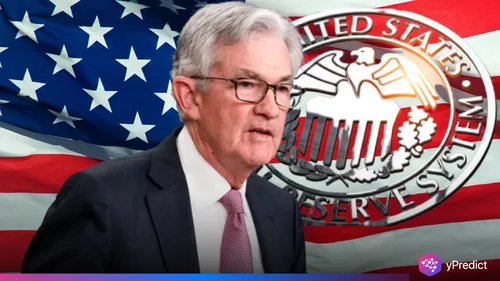
Washington’s unexpected change in Vietnam tariffs has brought the nation back into the spotlight of global trade. President Donald Trump unveiled a revised tariff plan that targets Vietnamese exports just days before a broad tariff hike. Thus, it is a strategic reversal that furthers one of Trump’s campaign promises. However, it relieves pressure on a key Southeast Asian partner.
Is the Vietnam Tariff a Strategic Bluff?
President Trump announced that instead of a 46% tariff, the US will apply a 20% tariff on many Vietnamese exports. Just before the deadline of July 9, when increased import duties are expected to take effect, the announcement was made. Following his discussions with Vietnamese President To Lam, Trump announced the news on Truth Social.
Alongside the lower base tariff, a separate 40% levy will target trans-shipments, or foreign goods that are rerouted through Vietnam to avoid duties. Additionally, the new rule aims to prevent companies from shifting their operations from China from taking advantage of loopholes. These enforcement strategies show Washington’s intention to take action against origin masking, even though they are still undefined.
In a statement, the Vietnamese government acknowledged the existence of a trade framework but did not provide precise numbers. However, Hanoi promised to use a preferential export market scheme to increase access for American goods. It is designed specifically for large-engine automobiles.
Additionally, Vietnam has asked that the US relax its restrictions on high-tech exports and recognize it as a market economy. Therefore, discussions about these long-standing requests may occur in the coming months.
Trump Pushes Bold Trade Deal With Vietnam
The deal represents a timely trade deal win for Trump, whose administration is racing to secure multiple tariff agreements before July 9. There have already been agreements made with China and Britain, both of which were quite narrow. Additionally, talks with Japan and India are still going on.
By agreeing to the lower tariff, Vietnam maintains its Asian competitiveness. Experts claim that a 46% rate would have harmed Vietnamese exporters, especially those in the textile, footwear, and electronics sectors. Thus, this change aids Hanoi in continuing to be a significant export market for goods headed for the US.
U.S.-Vietnam trade has increased since Trump imposed tariffs on China in 2018. Vietnam’s U.S. exports have increased from less than $50 billion in 2018 to $137 billion in 2024, almost tripling in value.
In comparison, U.S. exports to Vietnam increased from $10 billion to $13 billion, a mere 30% increase. Furthermore, the disparity has prompted repeated demands for more equitable market access and reciprocal trade expansion.
The trade agreement may also benefit American automakers. The American auto industry may be able to establish a stronger presence in Southeast Asia. However, a lot depends on how implementation plays out in reality because the details are still unknown.
Can Vietnam Tariff Truly Hold Long-Term?
Although Vietnamese exporters appreciate the reduced Vietnam tariff, it is only a short-term solution until longer-term conditions are reached. It seems like both nations are keen to gain momentum. However, unresolved enforcement issues, particularly those about transshipment, may lead to further disputes. Trump’s action reflects both economic strategy and political urgency. This trade deal gives him a quick win and a message for voters, as he has limited time to finalize larger deals.
However, it also puts pressure on Vietnam to demonstrate its dedication to open trade and expand its export market. As the July 9 deadline draws near, this agreement could impact the direction of U.S. trade with Southeast Asia. Additionally, it established a standard for subsequent discussions.







